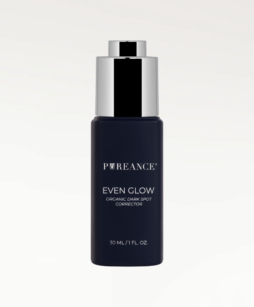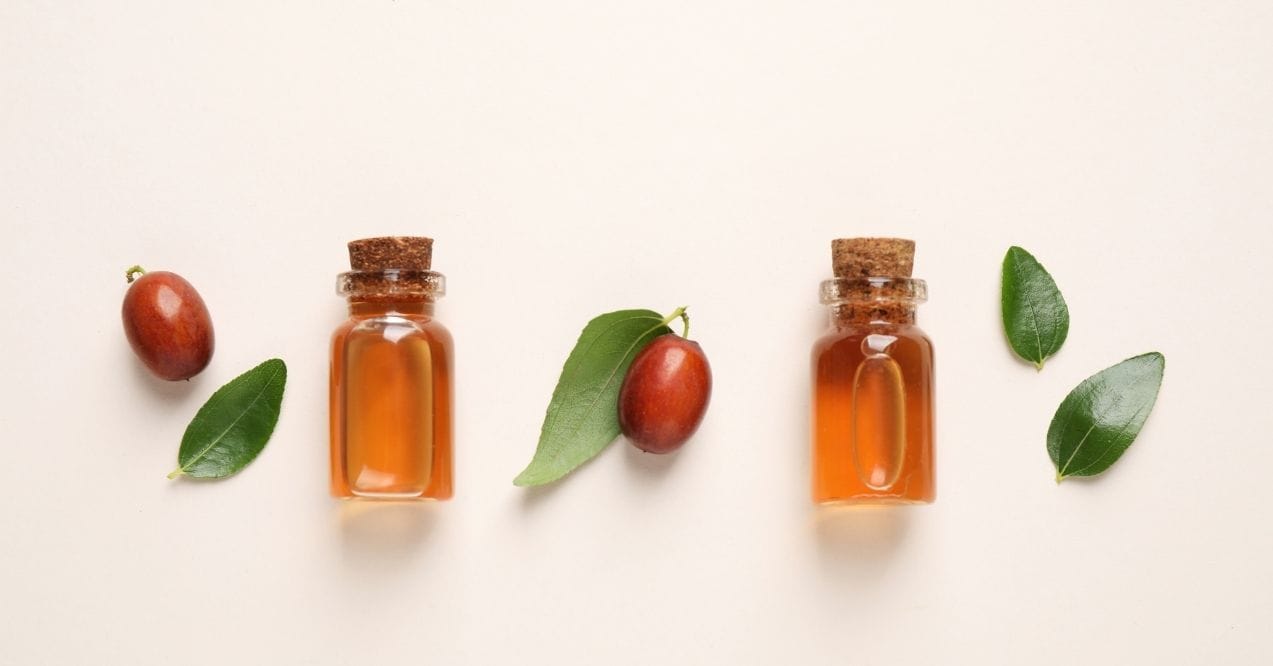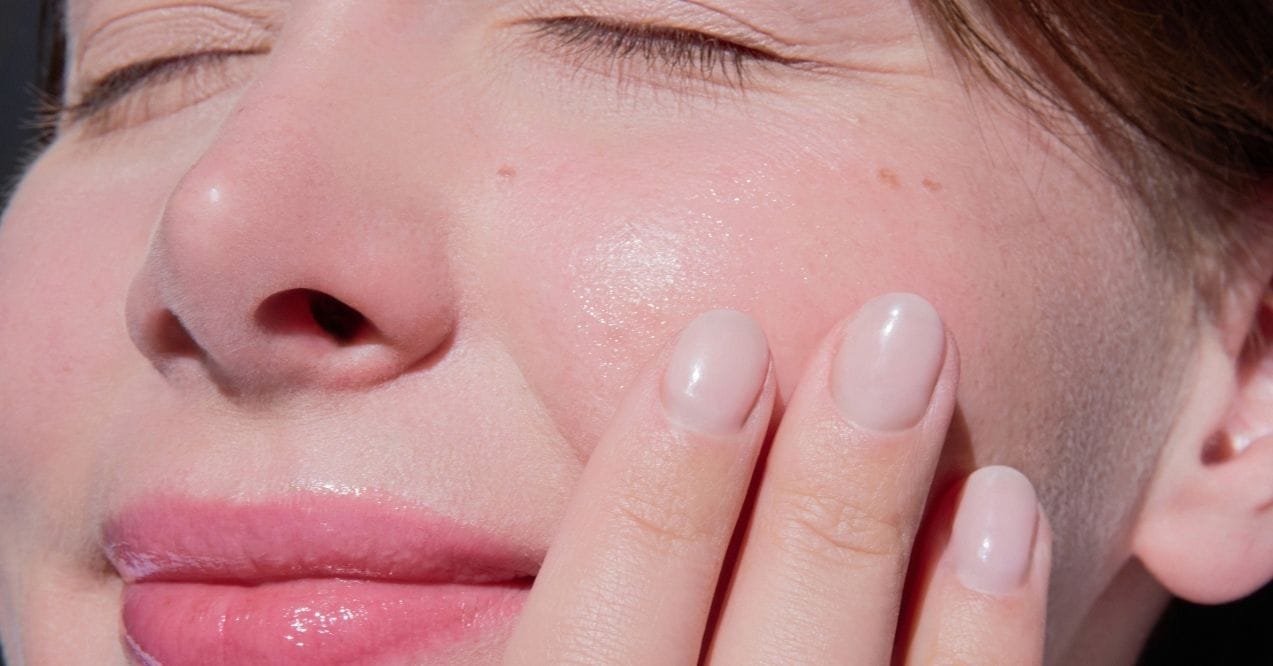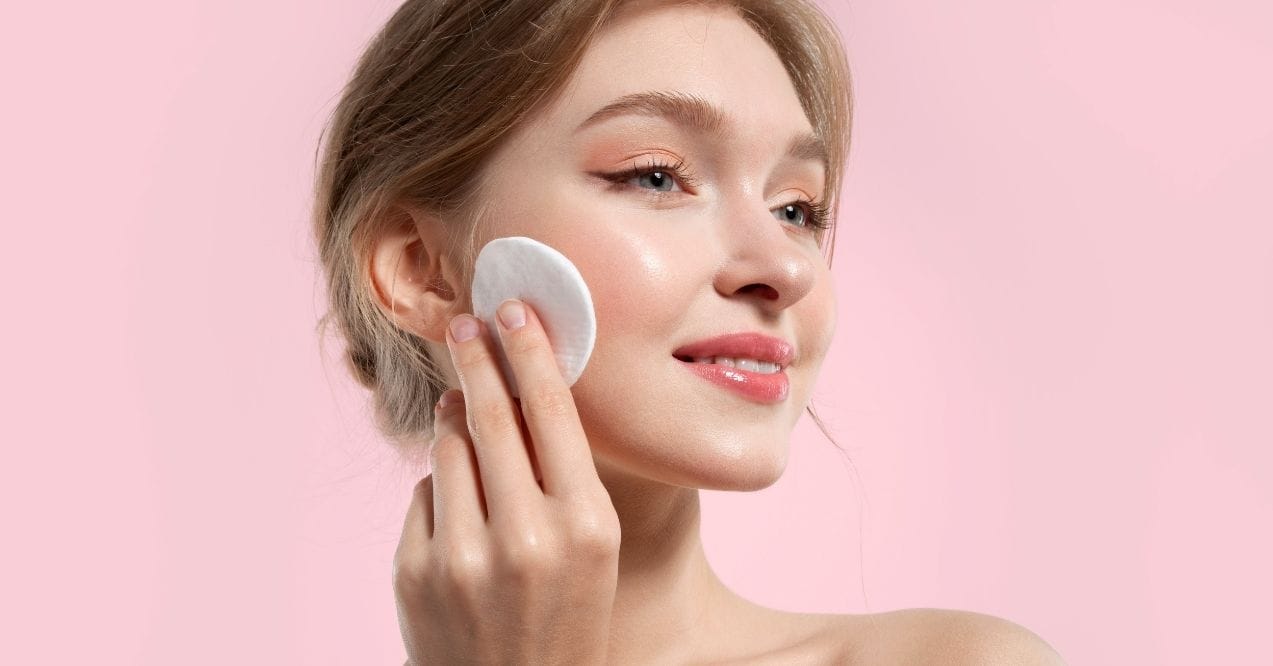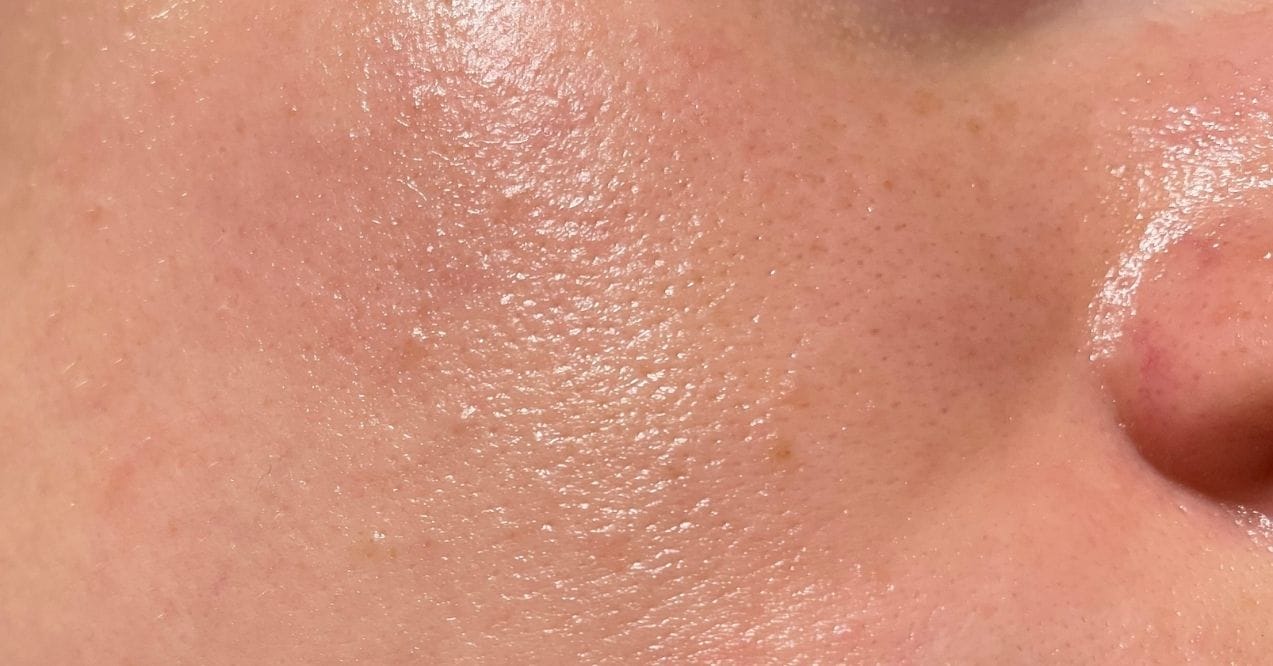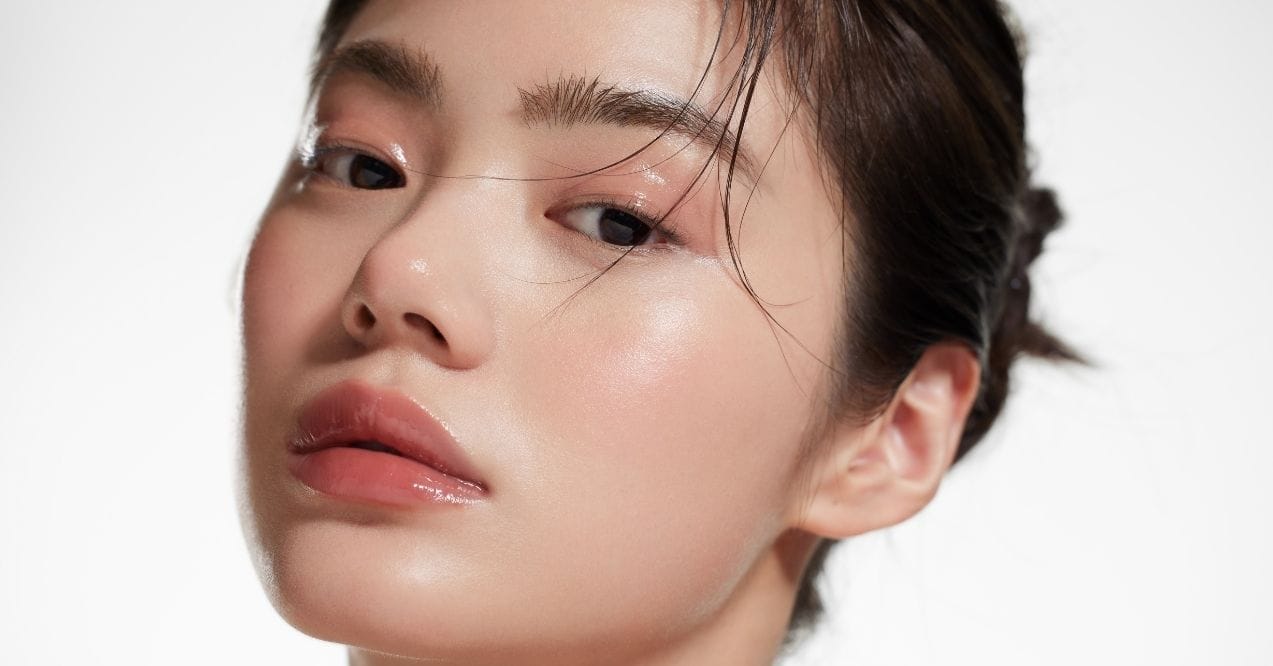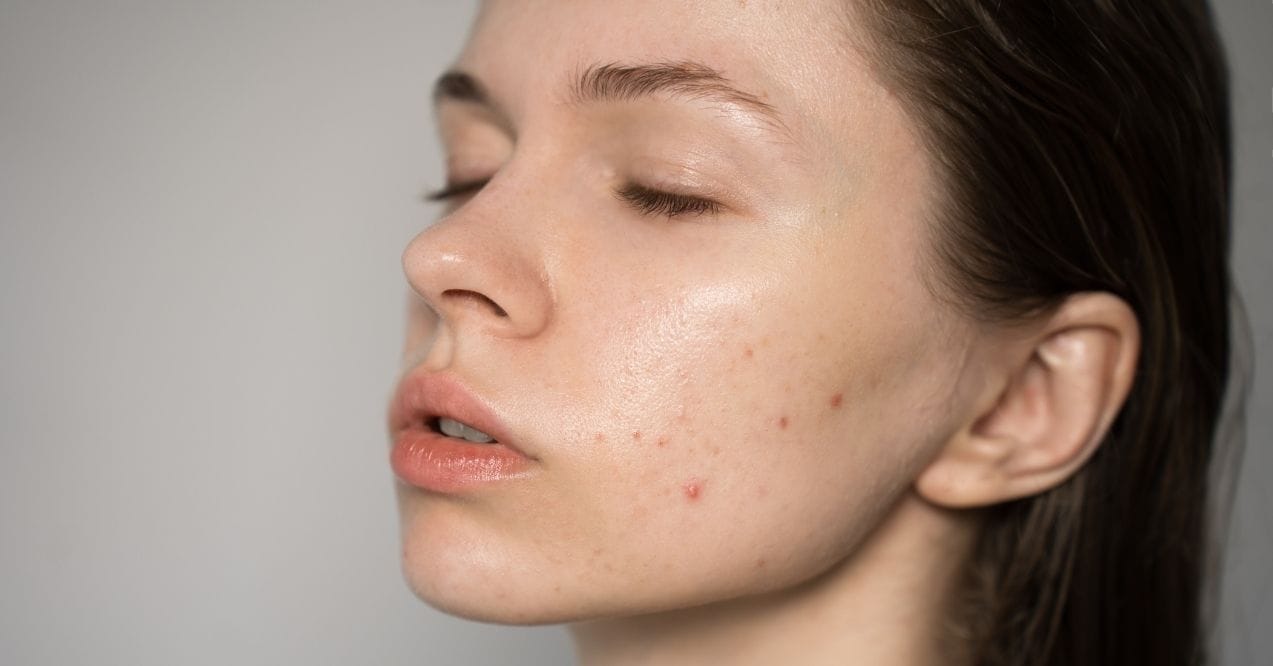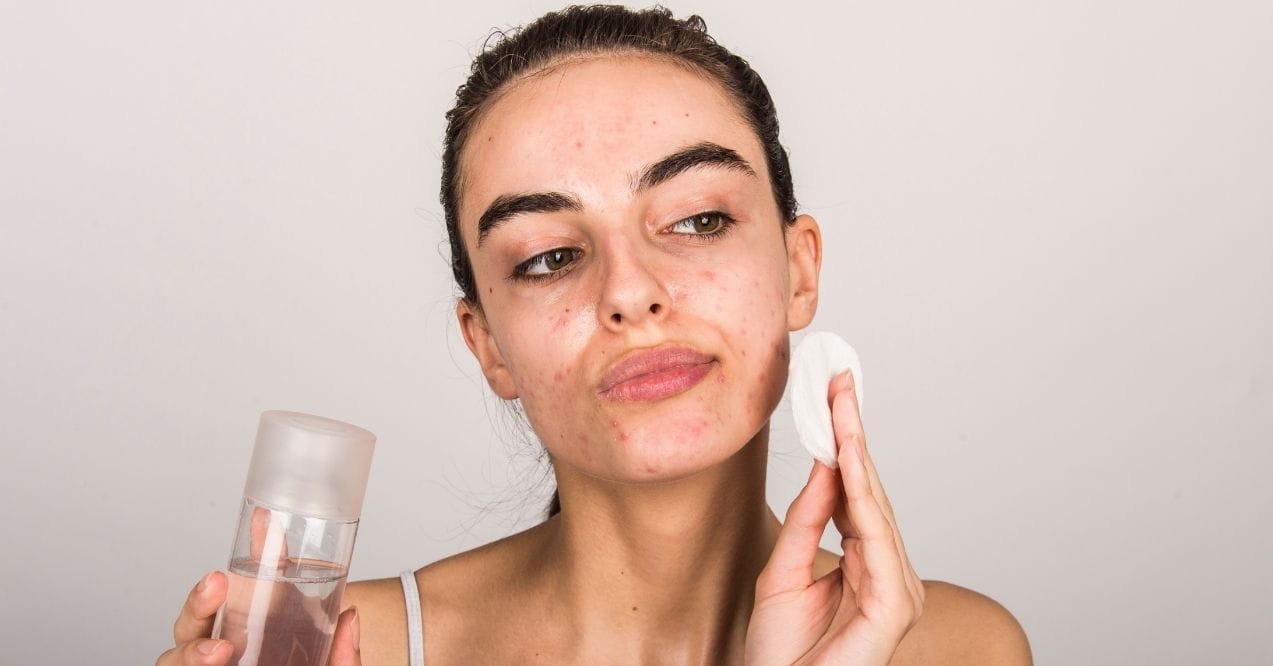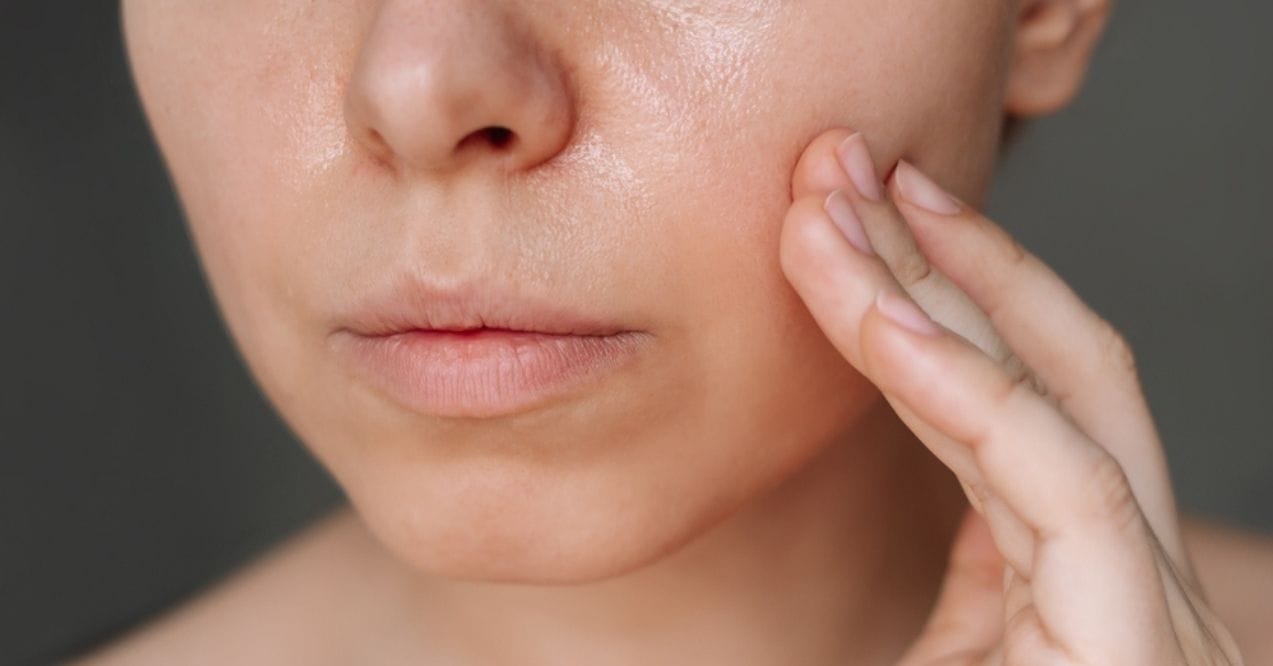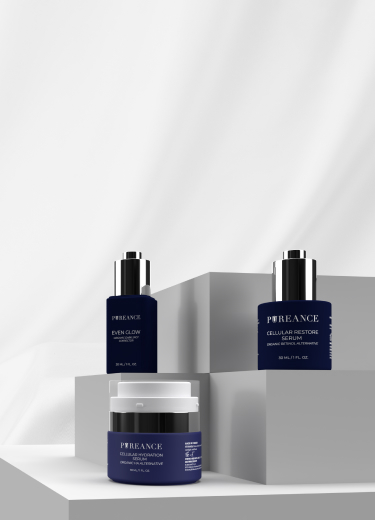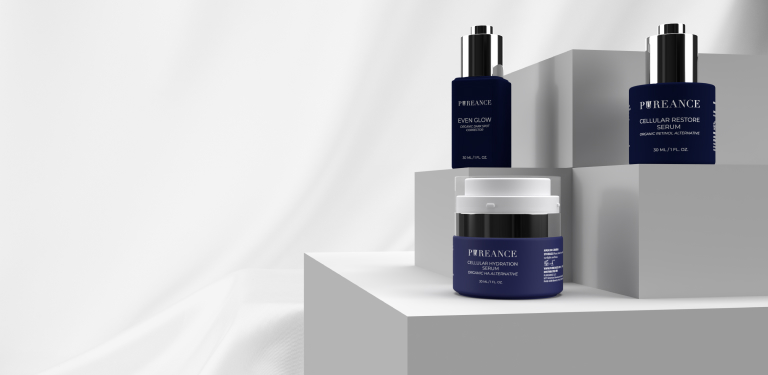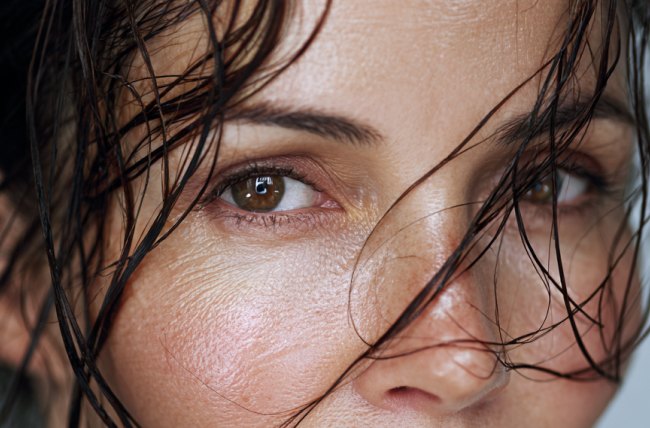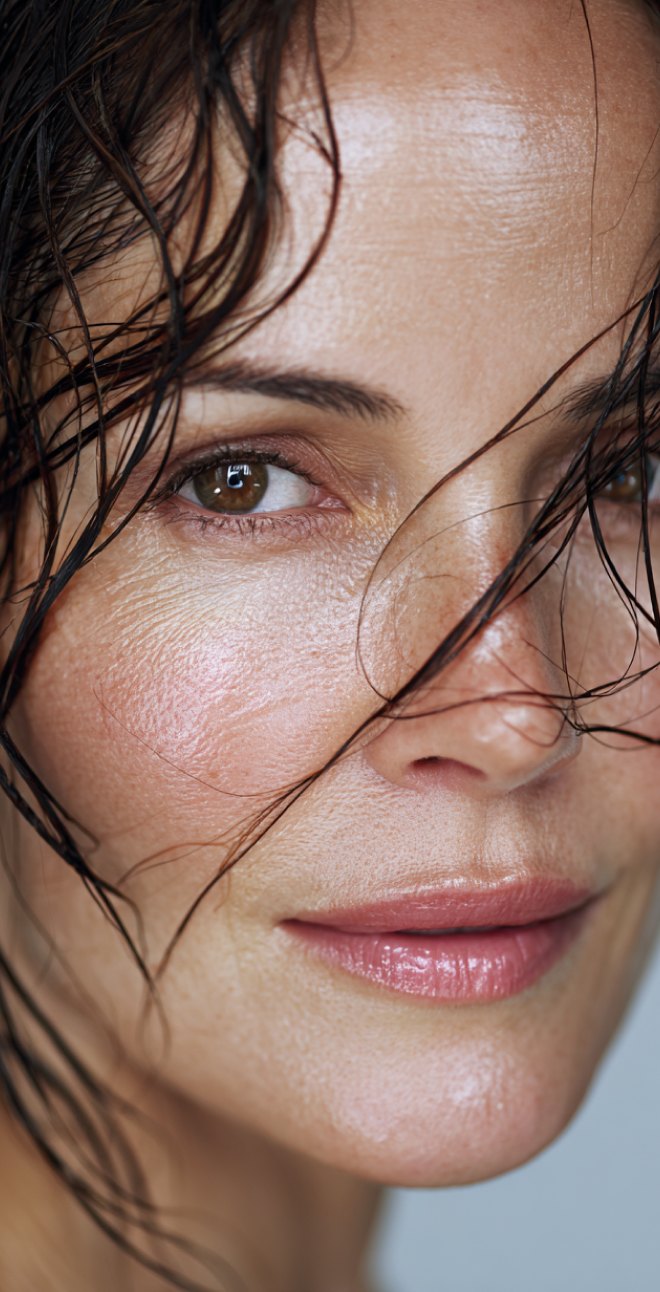
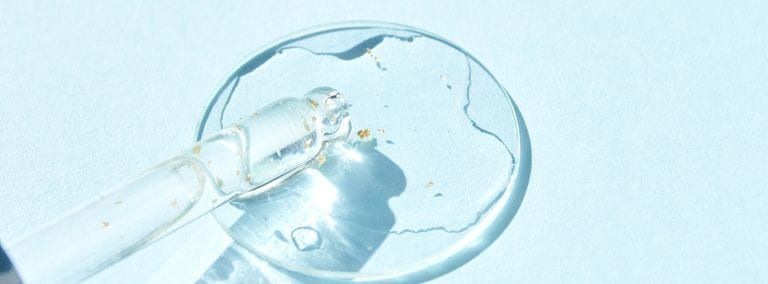

What Are the Best Ingredients for Oily Skin?
Finding the best ingredients for oily skin can feel like solving a complex puzzle. Your skin produces excess oil, leaving you with that midday shine and enlarged-looking pores. But here’s the truth: the right ingredients may potentially transform your complexion from greasy to glowing.
Many people with oily skin make the mistake of stripping away all moisture, which often leads to even more oil production. The secret lies in choosing ingredients that balance your skin’s natural processes. Whether you’re dealing with occasional shine or persistent oiliness, knowing what ingredients are good for oily skin makes all the difference.
Key Article Findings
- Salicylic acid and niacinamide are powerhouse ingredients for oily skin that may help control excess sebum.
- Hyaluronic acid provides lightweight hydration without adding greasiness.
- Clay masks can temporarily minimize the appearance of pores.
- Avoid heavy oils and comedogenic ingredients that may clog pores.
7 Science-Backed Ingredients That Transform Oily Skin Naturally
When searching for what is best for oily skin, certain ingredients stand out for their potential effectiveness. These scientifically-studied components work in different ways to address excess oil production. Some focus on gentle exfoliation to keep pores clear, while others help regulate sebum production at the surface level.
The most effective oily skin ingredients often combine multiple benefits. They may help control shine while maintaining essential hydration. Many also offer additional perks like minimizing the appearance of pores or supporting a more even skin tone.
Success with these ingredients comes from consistent use and proper application. Starting slowly allows your skin to adjust without irritation. Most people notice visible improvements in skin texture and oil control within 4-6 weeks of regular use.
Salicylic Acid (BHA)
This beta-hydroxy acid (BHA) dissolves in oil, making it ideal for penetrating into pores. Salicylic acid gently exfoliates dead skin cells that can mix with excess sebum. Regular use may help minimize the appearance of blackheads and effectively get rid of clogged pores.
Start with products containing 0.5-2% salicylic acid. Use every other day initially, then gradually increase frequency as your skin adjusts.
Niacinamide 10% (Vitamin B3)
Niacinamide (vitamin B3) has become a favorite among skincare enthusiasts for good reason. This versatile ingredient may help regulate oil production while supporting the skin’s natural barrier. Studies suggest it can potentially minimize the appearance of pores over time.
Most formulations contain 2-10% niacinamide. It plays well with other ingredients, making it easy to incorporate into any routine.
Retinol for Oily Skin
While often associated with age-defying benefits, retinol also excels at managing oily skin concerns. This vitamin A derivative promotes skin cell turnover, which may help keep pores from becoming clogged. Regular use can potentially improve overall skin texture and reduce excess oil production.
Begin with low concentrations (0.25-0.5%) and apply only at night, as retinol increases sun sensitivity.
Natural Ingredients for Oily Skin
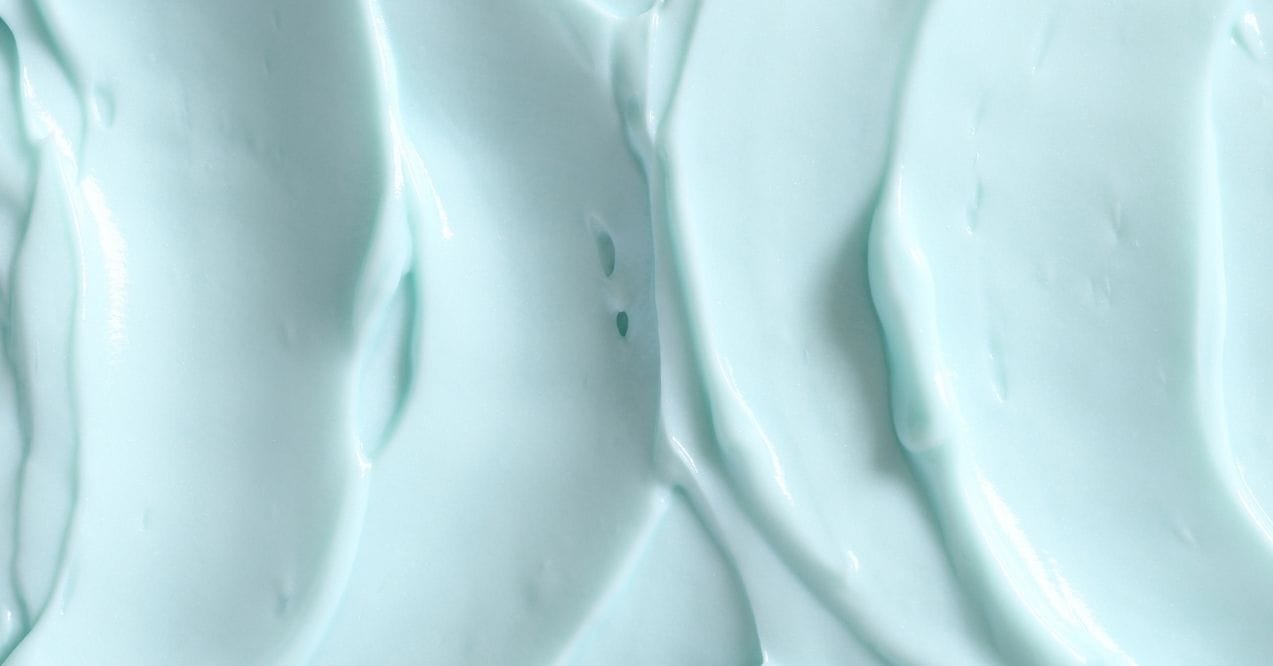
Natural ingredients for oily skin offer gentle yet effective alternatives to synthetic options. These plant-based and mineral components have been used for centuries to address excess oil. Modern research now supports many of these traditional applications.
Clay remains one of the most popular natural choices for oily skin types. Different clay varieties offer unique benefits, from oil absorption to gentle exfoliation. Speaking of natural ingredients, green tea extract provides antioxidant protection while potentially helping to control sebum production.
Best Clay Types for Oil Control
Different clays offer unique properties for oily skin:
- Kaolin clay – Gentle option suitable for sensitive, oily skin
- Bentonite clay – Powerful oil absorption for very oily areas
- French green clay – Helps draw out impurities from pores
Apply clay masks 1-2 times weekly for 10-15 minutes. Avoid letting them dry completely, as this may lead to excessive dryness.
Tea Tree Oil Benefits
Tea tree oil contains natural compounds that may help manage excess oil and clarify skin. Its antimicrobial properties make it particularly beneficial for those prone to occasional breakouts. Always dilute tea tree oil before application, as pure forms can irritate skin.
Mix 1-2 drops with a lightweight moisturizer or look for products containing 5-10% tea tree oil for safe, effective use.
Hydrating Ingredients for Oily Skin Without Clogging Pores
One common misconception about oily skin ingredients involves avoiding all forms of hydration. Dehydrated skin often overcompensates by producing more oil. The right hydrating ingredients can actually help balance sebum production, and understanding whether moisturizer can cause acne helps you make better choices.
Lightweight, water-based hydrators work best for oily skin types. These ingredients attract moisture without adding heaviness or greasiness. They create a balanced environment where your skin doesn’t feel the need to overproduce oil.
The timing and layering of hydrating products also matter significantly. When learning how to layer serums correctly, applying them to slightly damp skin maximizes absorption. Following with a light, oil-free moisturizer helps seal in the benefits without clogging pores.
Hyaluronic Acid Serum
Despite its name, hyaluronic acid isn’t harsh or drying. This humectant attracts water molecules, providing hydration without heaviness. It may help plump the skin’s surface, temporarily minimizing the appearance of pores.
Look for serums with multiple molecular weights of hyaluronic acid. Apply to damp skin, then follow with a light moisturizer to lock in hydration benefits.
Glycerin in Skincare
Glycerin works similarly to hyaluronic acid but at a more affordable price point. This humectant draws moisture from the environment into your skin. Products with glycerin can help maintain hydration levels without contributing to excess oiliness.
Check ingredient lists for glycerin in the top five positions, indicating effective concentrations. It pairs well with other hydrating ingredients for enhanced benefits.
Worst Ingredients for Oily Skin

Knowing which ingredients to skip is just as important as choosing the right ones. Some components can exacerbate oiliness or clog pores, leading to more skin concerns. Heavy oils and certain synthetic ingredients top the list of what to avoid.
Comedogenic ingredients have a higher likelihood of blocking pores. While everyone’s skin reacts differently, certain patterns emerge. For instance, while coconut oil has many benefits, the question “does coconut oil clog pores?” is particularly relevant for oily skin types.
Reading ingredient lists becomes essential for managing oily skin effectively. Look beyond marketing claims to understand what’s actually in your products. When in doubt, patch test new products before full-face application.
Comedogenic Oils to Skip
Common ingredients that may worsen oily skin include:
- Coconut oil (highly comedogenic)
- Mineral oil in high concentrations
- Lanolin and its derivatives
- Isopropyl myristate
Some surprising culprits like avocado oil can also clog pores despite their healthy reputation. These ingredients create an occlusive layer on skin, potentially trapping oil and debris. Instead of heavy oils, consider whether jojoba oil benefits might work better, as it closely mimics skin’s natural sebum.
How to Combine Ingredients for Oily Skin
Understanding how ingredients work together can amplify your skincare results. Some combinations enhance each other’s benefits, while others may cause irritation. Strategic pairing of oily skin ingredients creates more effective routines.
Niacinamide pairs beautifully with almost everything, making it an ideal companion ingredient. Combining it with salicylic acid may enhance pore-refining benefits. Hyaluronic acid works well with any active ingredient, providing necessary hydration to counteract potential dryness.
Timing matters when layering different ingredients. Water-based products should precede oil-based ones for optimal absorption. Some ingredients work better at different times of day. Retinol belongs in nighttime routines, while antioxidants like vitamin C often perform best in the morning.
Morning vs Night Routine for Oily Skin
Creating an effective routine with the best ingredients for oily skin requires strategic planning. Start by introducing one new ingredient at a time. This approach helps identify what works best for your unique skin.
Morning routines should focus on oil control and protection:
- Gentle cleanser with salicylic acid
- Toner for oily skin
- Niacinamide serum
- Lightweight moisturizer
- Broad-spectrum sunscreen
Evening routines allow for more intensive ingredients. After cleansing, apply treatments like retinol or BHA products. Always follow with appropriate hydration to maintain skin balance.
Consistency yields the best results with any skincare routine. Most ingredients require 4-8 weeks of regular use before showing significant improvements. For those embracing minimalist skincare approaches, focusing on just 2-3 key ingredients can be equally effective.
Conclusion
Finding the best ingredients for oily skin doesn’t require complicated routines or expensive products. Focus on proven ingredients like salicylic acid, niacinamide, and lightweight hydrators. These may help control excess oil while maintaining healthy skin balance.
Success comes from understanding your skin’s unique needs and choosing ingredients accordingly. Start slowly, be consistent, and pay attention to how your skin responds. With the right combination of ingredients for oily skin, achieving a balanced complexion and learning how to get dewy skin without excess oiliness is entirely possible.
Start with one active ingredient and gradually add others. Niacinamide pairs well with most ingredients, while acids and retinol need careful introduction.
Most ingredients require 4-8 weeks of consistent use. Immediate effects like oil absorption from clay masks are temporary.
No, lightweight oils like squalane or jojoba can actually help balance oil production. Avoid heavy, comedogenic oils.
Apply from thinnest to thickest: cleanser, toner, serums, moisturizer, sunscreen (AM) or treatment (PM).
Exfoliating ingredients like salicylic acid and retinol may cause temporary purging as skin cell turnover increases.
This site offers health, wellness, fitness and nutritional information and is designed for educational purposes only. You should not rely on this information as a substitute for, nor does it replace, professional medical advice, diagnosis, or treatment. If you have any concerns or questions about your health, you should always consult with a physician or other health-care professional. Do not disregard, avoid or delay obtaining medical or health related advice from your health-care professional because of something you may have read on this site. The use of any information provided on this site is solely at your own risk.
Nothing stated or posted on this site or available through any services are intended to be, and must not be taken to be, the practice of medical or counseling care. For purposes of this agreement, the practice of medicine and counseling includes, without limitation, psychiatry, psychology, psychotherapy, or providing health care treatment, instructions, diagnosis, prognosis or advice.
